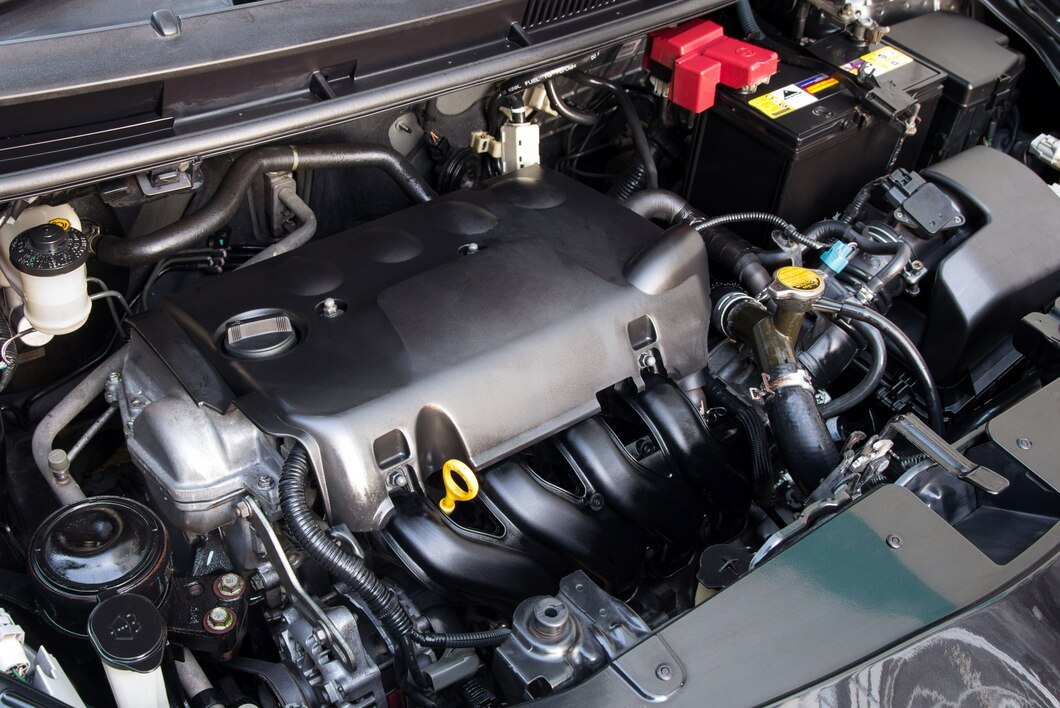Car refrigerants play a crucial role in maintaining optimal temperatures within vehicle cooling systems, ensuring comfort and efficiency for drivers and passengers alike. From traditional options to eco-friendly alternatives, understanding the various types of car refrigerants is essential for vehicle maintenance and environmental responsibility. Let’s delve into the different types of car refrigerants and their characteristics:
1. R-12 (Freon):
R-12, commonly known as Freon, was once the standard refrigerant used in automotive air conditioning systems. However, due to its ozone-depleting properties and environmental concerns, R-12 was phased out of production and replaced with more eco-friendly alternatives. While R-12 is still found in older vehicles, its use has been largely discontinued in favor of newer refrigerants.
2. R-134a:
R-134a emerged as the successor to R-12 and became the industry standard refrigerant for automotive air conditioning systems. Unlike its predecessor, R-134a is non-ozone-depleting and has a lower environmental impact. It offers comparable cooling performance and compatibility with existing equipment, making it a widely adopted choice for modern vehicles.
3. R-1234yf:
R-1234yf represents the latest advancement in automotive refrigerants, designed to meet stringent environmental regulations and reduce greenhouse gas emissions. This hydrofluoroolefin (HFO) refrigerant boasts a significantly lower global warming potential (GWP) compared to R-134a, making it a more sustainable option for vehicle cooling systems. R-1234yf is gradually replacing R-134a in new car models worldwide.
4. Hydrocarbons (HCs):
Hydrocarbons such as propane (R-290) and butane (R-600a) are natural refrigerants derived from petroleum products. While not as commonly used in automotive applications, hydrocarbons offer excellent thermodynamic properties, high energy efficiency, and low environmental impact. These eco-friendly refrigerants are gaining traction as alternatives to synthetic refrigerants due to their natural origins and reduced carbon footprint.
5. CO2 (R-744):
Carbon dioxide (CO2) refrigerant, also known as R-744, is another natural option for automotive air conditioning systems. CO2 has a low environmental impact and is non-toxic, non-flammable, and readily available. While CO2-based air conditioning systems are more complex and expensive to implement, they offer excellent performance and sustainability benefits, making them an attractive choice for eco-conscious consumers.
Considerations for Car Owners:
When it comes to selecting a refrigerant for your vehicle’s air conditioning system, several factors should be taken into account:
- Compatibility: Ensure that the refrigerant is compatible with your vehicle’s cooling system and components to prevent damage and performance issues.
- Environmental Impact: Consider the environmental impact of different refrigerants, including ozone depletion potential (ODP) and global warming potential (GWP), to make eco-friendly choices.
- Regulatory Compliance: Stay informed about local and international regulations governing automotive refrigerants to ensure compliance with legal requirements and environmental standards.
- Professional Service: Consult with qualified automotive technicians or service professionals for refrigerant-related maintenance, repairs, and conversions to ensure safety and reliability.
In conclusion, the selection of car refrigerants plays a significant role in vehicle cooling systems, impacting performance, environmental sustainability, and regulatory compliance. From traditional options like R-134a to advanced alternatives such as R-1234yf and natural refrigerants like hydrocarbons and CO2, car owners have a range of choices to consider. By understanding the characteristics, benefits, and considerations of different types of car refrigerants, drivers can make informed decisions to support both their vehicles and the environment.











